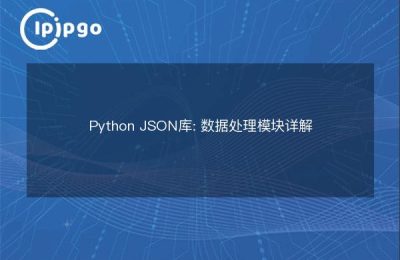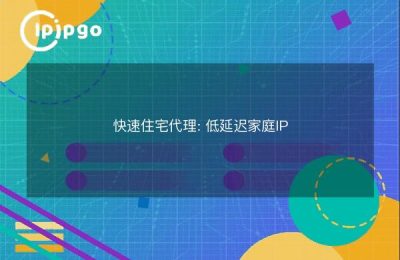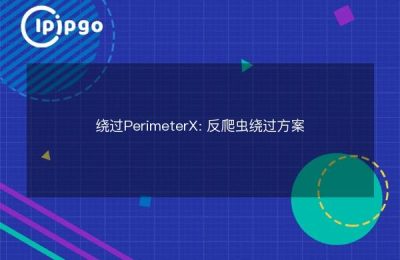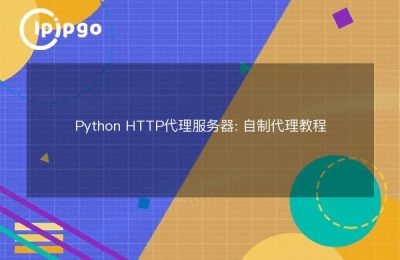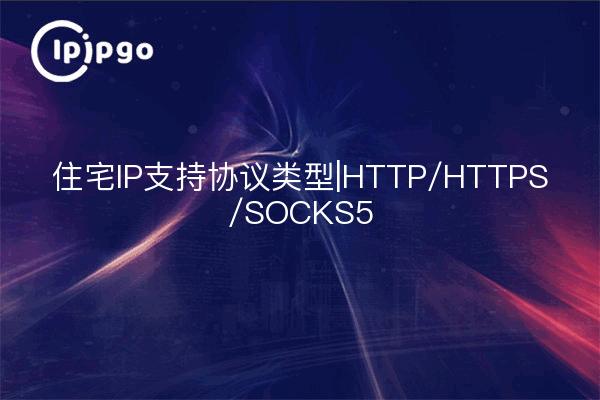
What exactly are the three major protocols supported by Residential IP?
When you are working with proxy IPs, you most often see the three protocol types HTTP, HTTPS, and SOCKS5. Many people are confused about the difference between them, so here's a quick guide with theexpress mailLet's say: HTTP is like an ordinary package, HTTPS is a package with a combination lock, SOCKS5 is a package that can arbitrarily change the packaging. ipipgo Residential IP supports all three protocols at the same time, the specific how to choose depends on your use of the scene.
HTTP/HTTPS protocol applications in practice
If you needSimulate a normal user visiting a web page, the HTTP protocol is the most common choice. For example, when writing crawler scripts in Python, the requests library supports HTTP proxies by default. HTTPS protocol adds an encryption layer on top of HTTP, which is especially suitable for scenarios where sensitive information needs to be transmitted.
In ipipgo's practice, we have found that these two protocols have these usage characteristics:
1. Browser plug-ins to set the proxy, give priority to the HTTPS protocol
2. Mobile APP packet capture debugging is recommended to use HTTP protocols
3. The HTTP protocol is used with caution in scenarios where long connections need to be maintained.
Special advantages of the SOCKS5 protocol
When your application requiresHandle multiple network requests simultaneouslyThe SOCKS5 protocol's advantages are obvious when you need to log in to multiple accounts at the same time for a game or run multiple network tools at the same time. For example, if a game requires multiple accounts to be logged in at the same time, or if multiple network tools need to be running at the same time, SOCKS5 protocol can better distribute the traffic.
SOCKS5 proxy via ipipgo residential IP:
- Supports UDP protocol transfer (HTTP/HTTPS only supports TCP)
- No need to validate header information for each request
- Better network penetration
Tips for using protocol combinations
In practice, many people willMixed use of different protocolsipipgo supports the creation of multiple protocol proxy channels under the same account. For example, when running a data acquisition script and a video stream processing program at the same time, you can assign HTTP proxies to the acquisition script and SOCKS5 proxies to the video program. ipipgo supports the creation of multi-protocol proxy channels under the same account, distinguishing between the different protocol types by port number.
Here's a useful tip: When you need to quickly switch protocols, you can directly change the proxy port number without re-authentication. For example, change the original port 5000 (HTTP) to 5001 (HTTPS) or 5002 (SOCKS5), you can immediately switch the protocol type.
Frequently Asked Questions
Q: What problems can result from choosing the wrong protocol type?
A: The most common is connection timeout or data cannot be transferred. For example, applications that need to transfer UDP data use the HTTP protocol, there will be a situation where the connection is successful but the data is not available.
Q: Does ipipgo's residential IP support multiple protocols at the same time?
A: Support. When you get the proxy through API, you can generate the connection information of HTTP, HTTPS and SOCKS5 protocols at the same time, and each protocol has independent authorization verification.
Q: Do static and dynamic IPs have an effect on protocol selection?
A: There is no direct correlation. All three protocols can be used normally, whether it is static IP that needs to maintain connection for a long time or dynamic IP that needs to be changed regularly. However, it is recommended that static IPs prioritize the use of SOCKS5 protocol to maintain connection stability.
Q: How to verify the real protocol support of proxy IP?
A: You can use the online testing tool provided by ipipgo, which will automatically return the actual supported protocol types and response speeds after entering the proxy information. This method is more accurate than testing locally and can avoid network environment interference.

